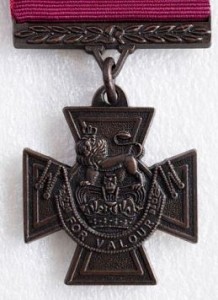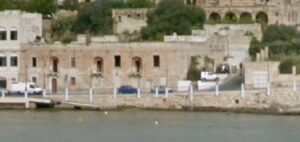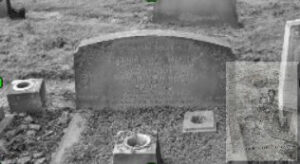Wakefield’s Honoured Soldier
If you hear the name Andrew Moynihan, what is your first thought?
Andrew was born in Saw Yard, Wakefield, at the beginning of 1830, the son of Malachi and Ann nee Scott. A few months later, his parents took him to St. Austin’s Catholic Church, where he was baptised.
He joined the army when he was 17 years old and, by age 25, was a sergeant in the 90th Foot – a Scottish Infantry regiment raised by Thomas Graham in the late 1700’s. The Regiment has seen action in many well-known wars: French Revolutionary Wars, Napoleonic Wars, Crimean War, Sepoy Revolt (India), Xhosa Wars (South Africa) and the Anglo-Zulu War.
The Regiment set sail from England, heading for Balaklava, and saw action at the Seige of Sebastopol. There was then a return to England before heading to India to join other regiments with the Indian Rebellion and later in the hear the relief of Lucknow. A t total of six Victoria Crosses were awarded while the Regiment was based in India. He was promoted to sergeant major while in India and, in 1856, was commissioned into the 8th (King’s) Regiment of Foot. The following year, he was promoted to lieutenant and, in 1863, promoted to captain.
With another return to England to train more recruits, they headed off to fight in the Anglo-Zulu War. In 1866, he left Kingstown, Ireland, for Malta, where he was based for just over a year.

Victoria Cross
While the 90th Foot was in Crimea, Andrew Moynihan was awarded the Victoria Cross on the 8th of September 1855 at Sebastopol. The London Gazette of the 24th of February 1857 has the following citation: Sebastapol, Crimea, 8 September 1855, Serjeant Andrew Moynihan, 90th Regiment (Perthshire Light Infantry). When Serjeant, 90th Light Infantry, at the assault of the Redan, 8th September 1855, he encountered and killed five Russians. He rescued from the Redan a wounded Officer under heavy fire. He was awarded this great honour by Queen Victoria at Hyde Park on the 26th of June 1857.
Moynihan, while living in Floriana, Malta, died on the 19th of May 1867 (aged 37) after contracting typhoid fever after drinking unsterilised goat’s milk. He rests in Ta Braxia Cemetery, Malta, under a raised chest tomb with a prominent cross covering the entire length of the stonework.
Andrew married Ellen Anne Parkin in 1853 in Ashton under Lyne, Lancashire. Ellen followed her husband to Malta, where their son Berkley was born in 1865. Now a widow, Ellen returned to England – Leeds, where she raised Berkley and his two sisters.

The family home by the harbour via Google Maps
